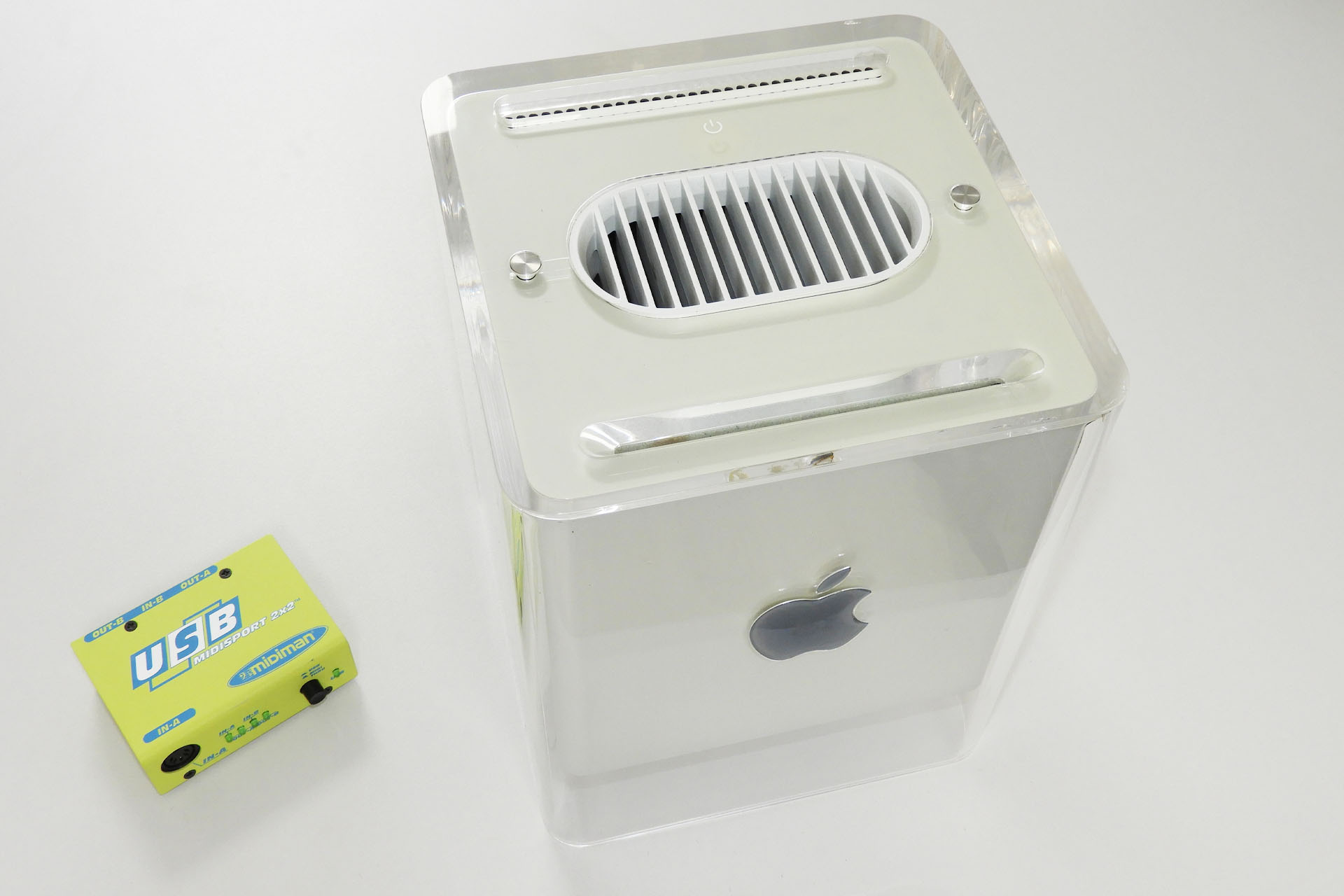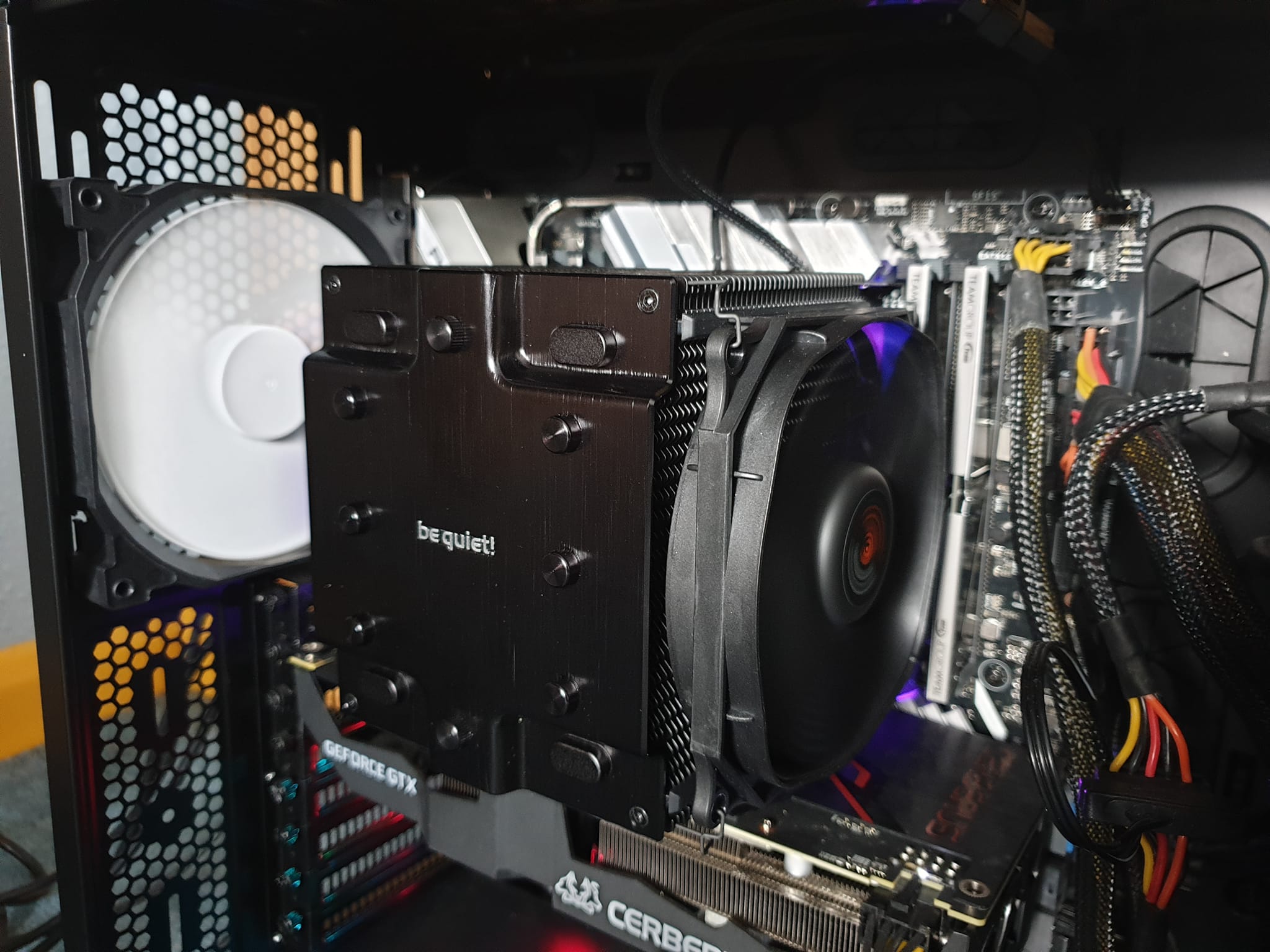CONSULTANCY
You might be a musician, an engineer or a producer, or all three but one thing you didn’t bank on was being a technology expert or computer wizzo. This is where I can help. I am an expert on all aspects of music technology and I know Apple and Windows hardware and software inside-out. I can advise on all sorts of music tech' systems and direct you to using a code of practice that’ll ensure healthy and reliable operation of your DAW.
BESPOKE STUDIO AND LIVE ELECTRONICS
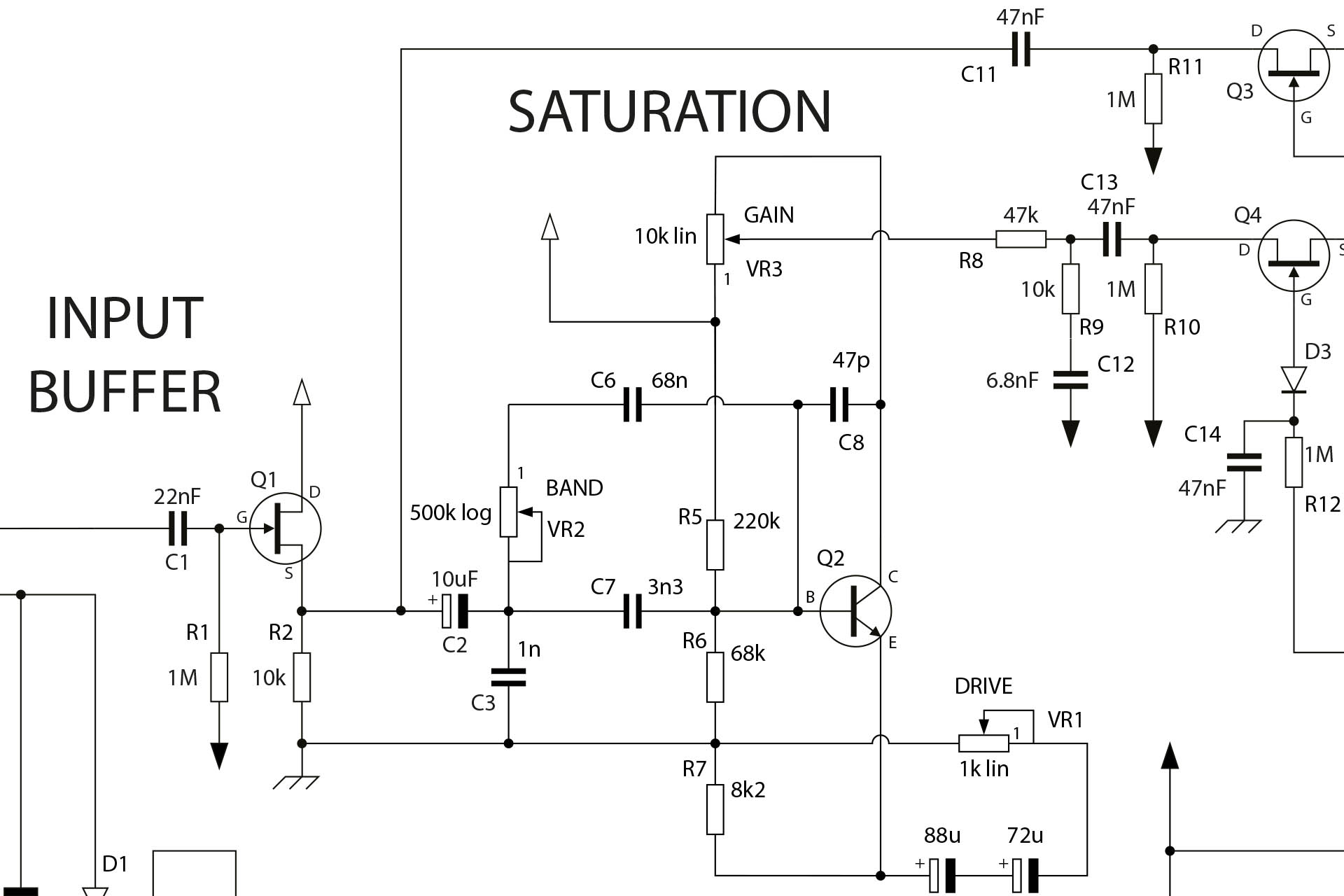
The fact that I can design and supply bespoke studio and live electronics, means that there may be solutions to issues that can’t easily be fixed with off-the-shelf products.Although I make lots of stuff, there are two specific areas that come up more than others; power supplies and control systems.
A lot of stuff we buy now-a-days comes with external power supplies and it's quite easy to end up with a bunch of small plastic boxes that get hot, get broken, generate a huge amount of electromagnetic radiation and of course get lost.
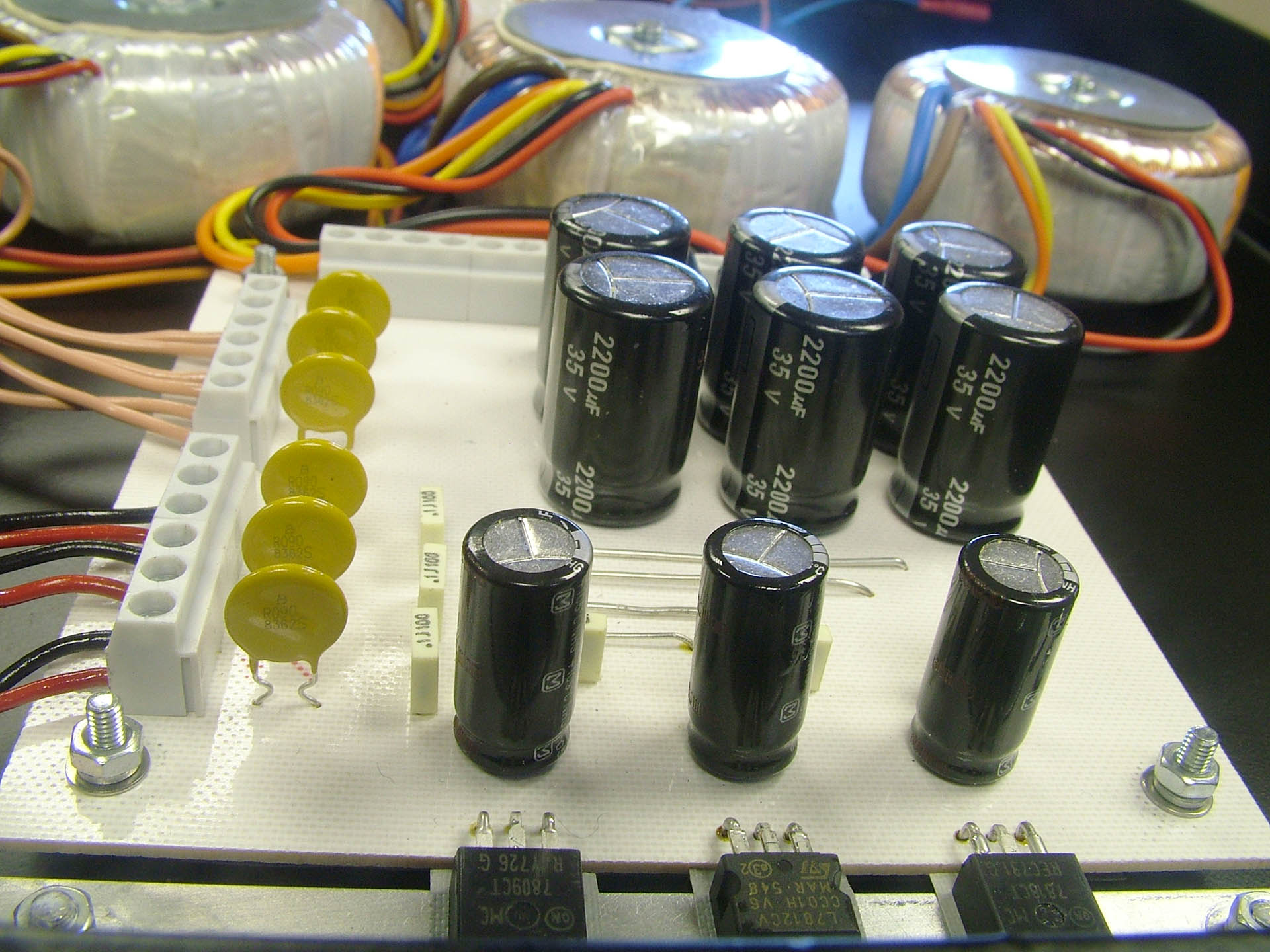
The electromagnetic field produced by these 'wall warts' inevitably interferes with signal carrying cables, especially if those cables are unbalanced and are connecting high-impedance sources... like you get on guitar systems.
Many modern power supplies are switched-mode types and if not designed properly, will squeale! Yes, that's right. A lot of switched-mode power supplies produce a high pitch whine. When such power supplies are integrated into high-gain guitar systems for example, the result is quite horrendous.
A few years ago, I bought a guitar pedal package which included the latest version of this well known manufacturer's power supply. Man, did it whine. I seriously couldn't believe that this specific manufacturer that makes some of the most well known guitar pedals, had allowed this thing on to the market. After thirty seconds, it went straight in the bin!
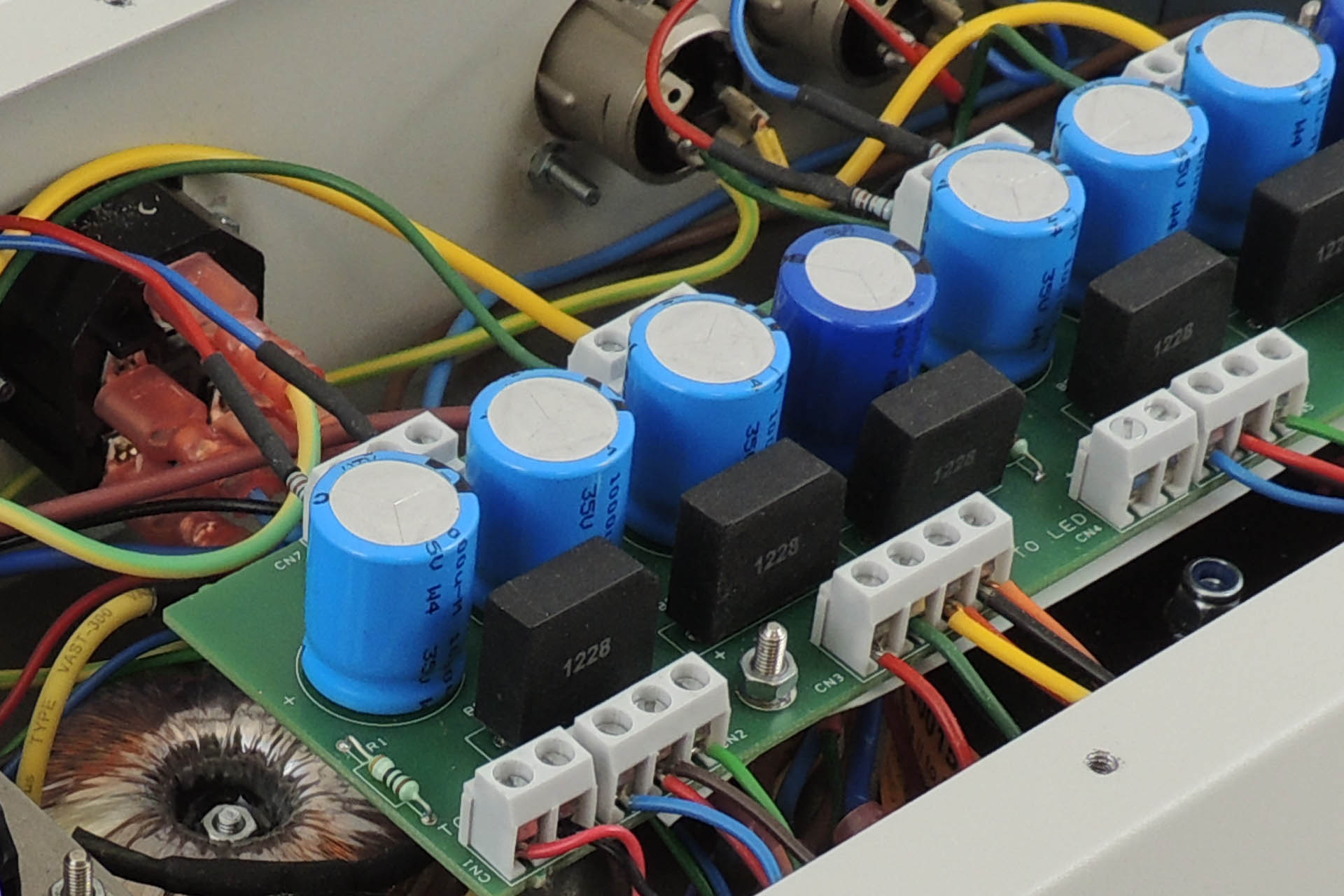
So, let's be honest; wouldn't it be neat to have a single box that could generate all the voltages your gear needs, that's ultra stable and linear (NOT switched-mode)? That's where I can help.
So that's power supplies, now what do I mean by control?
Well, once you've got the sound you want, the chances are that you'll also want to control certain aspects of it and either in the studio or on stage, you might also need to route it to more than one place.
Unfortunately many of us feel that neither of the above are our problems and that's why you have studio and live engineers. The problem is that you're trusting someone else to ensure that your sound still sounds like your sound after they've messed with it! Are ya' sure you're happy with that? So once again, this is something I can really help with; control and routing.
Look, I won’t pretend that custom electronics isn’t expensive. While I design PCBs, front and rear panels and artwork, I use third-party companies to actually make the PCBs, drill and silkscreen front and rear panels. That's after I've designed any circuitry. So as you can imagine, for one-offs, this just can't be cheap. On the other hand, you end up with something unique and special and that’ll solve your specific problem.
Here's another example of some custom stuff... A few years ago I designed a transformer which was intended for DI purposes. I wanted a really high input impedance, near flat frequency response between 20 Hz and 20 kHz and the best phase coherency I could get, especially at the low end. OEP built a hand-full for me. Four of them went into the stage box shown providing four conventional microphone inputs and four 'high-definition' DI inputs.
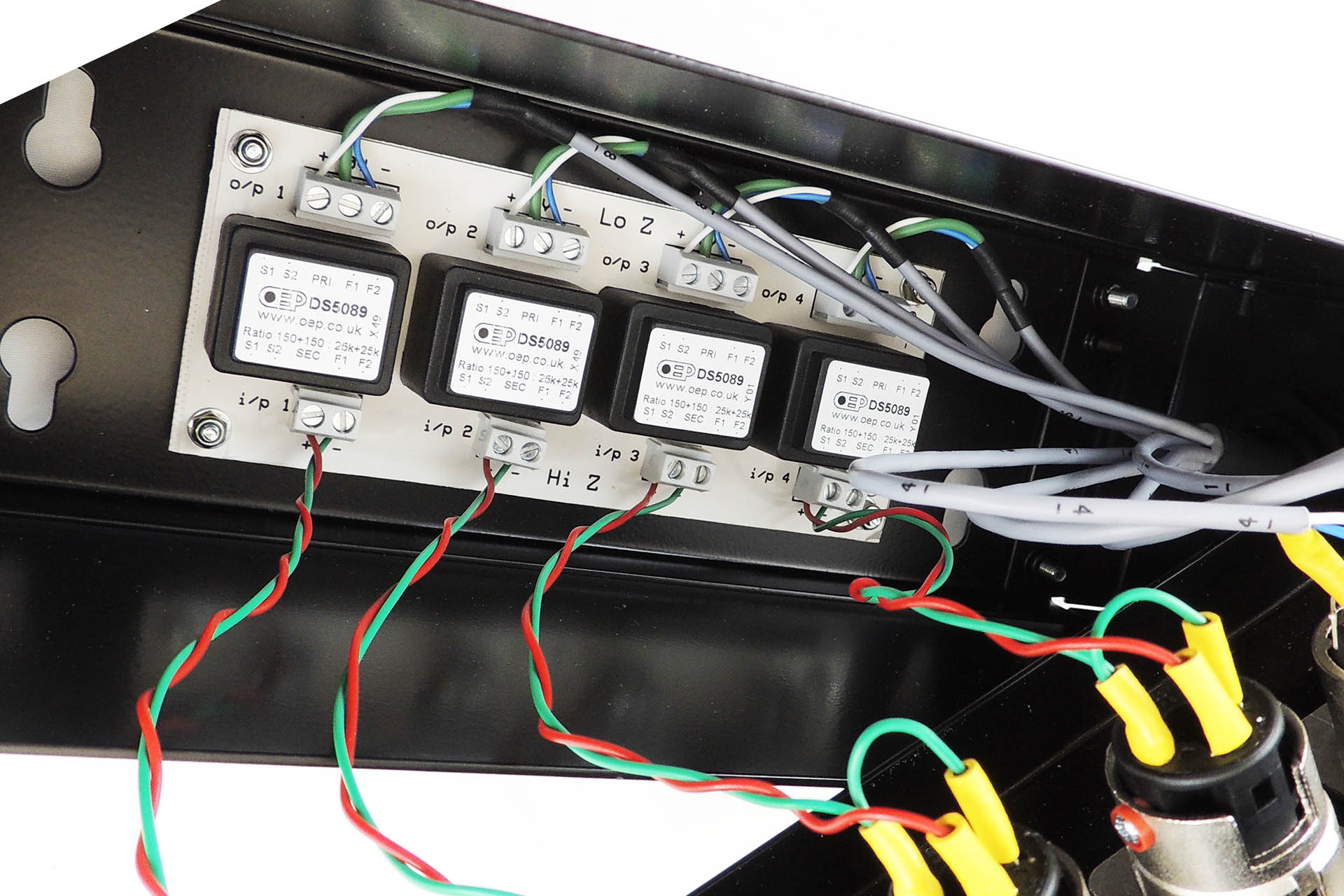
And here are a few links to some of the stuff I've designed and which is now available for purchase from my on-line store:
- Aurora replacement power supply for the Roland MKS-80
- Supenova replacement power supply for the Roland Juno-106
- Eclipse bounce filter for the Marshall JMP-1 data encoder
- PML-TX01 replacement power transformer for the Marshall JMP-1
- Transformer Coupled Interface Type 1 passive 2-channel unbalanced to balanced converter
- Nebula balanced outputs jack-board for the Roland MKS-70
- PSU-MDMK1 power supply for the Elektron MachineDrum Mk1
- External power supply for the Cheetah MS6
- AT-JX-8P replacement FSR-based aftertouch sensor kit for the Roland JX-8P
- AT-JX-10 replacement FSR-based aftertouch sensor kit for the Roland JX-10
- AT-AJ-2 replacement FSR-based aftertouch sensor kit for the Roland Alpha Juno 2
- AT-D-50 replacement FSR-based aftertouch sensor kit for the Roland D-50
HAND-MADE CABLES AND LOOMS
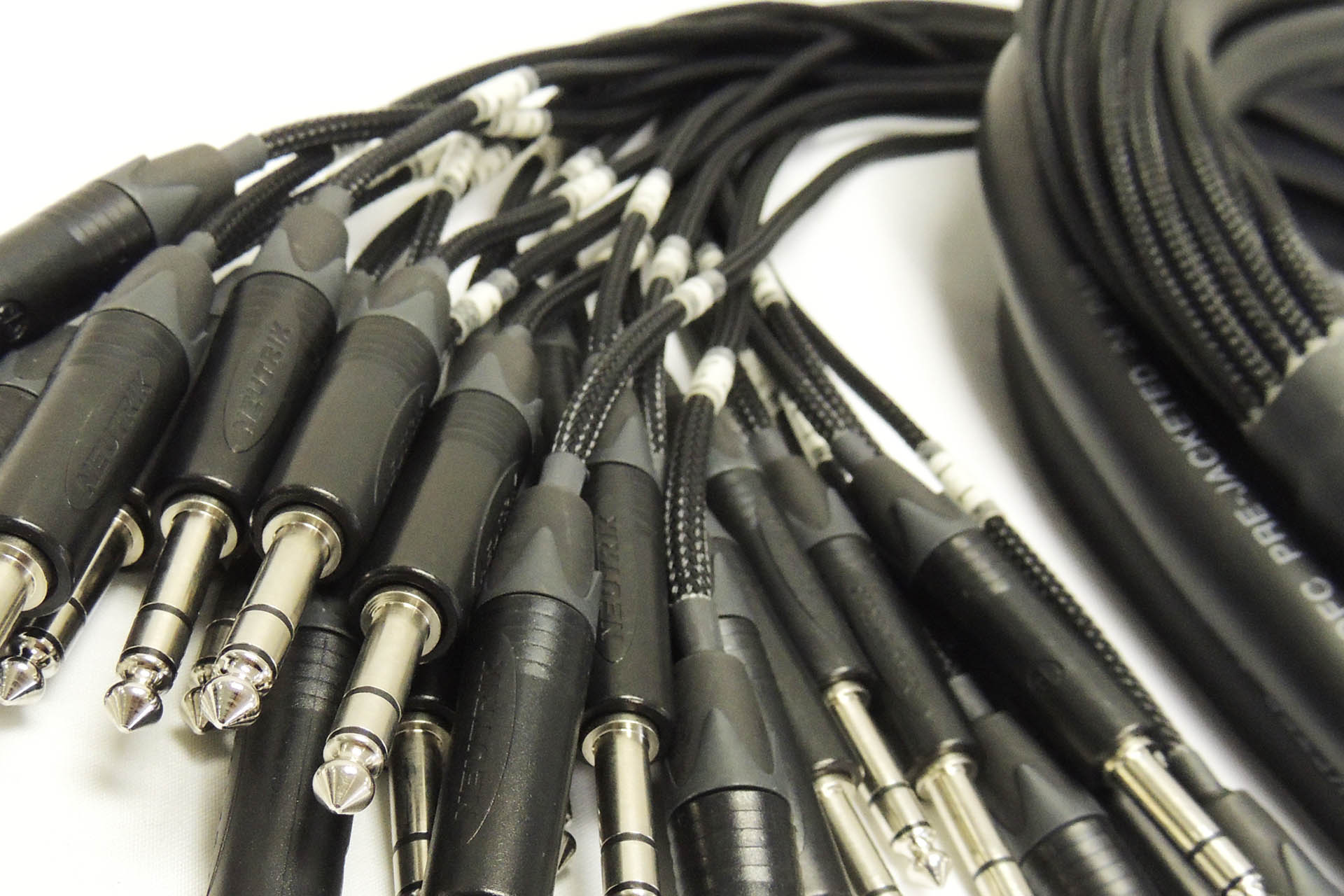
Now why on earth do I bother offering this service when you can buy cables and looms much cheaper off the Internet? Well, quite honestly, some cables I've seen (that have been bought off the Internet) are either totally over-priced or they're err... SHIT! On one occasion, a customer had intermittent power problems with his guitar pedals. I took out a dc distribution lead and literally pulled it apart with my hands!
You want the actual connectors to be small and light not massive, fat things that put a lot of torque on what you're plugging them into. Oh and please don't go on about gold, or should I say gold paint!
Basically, why connect really cool gear with cheapo cables?
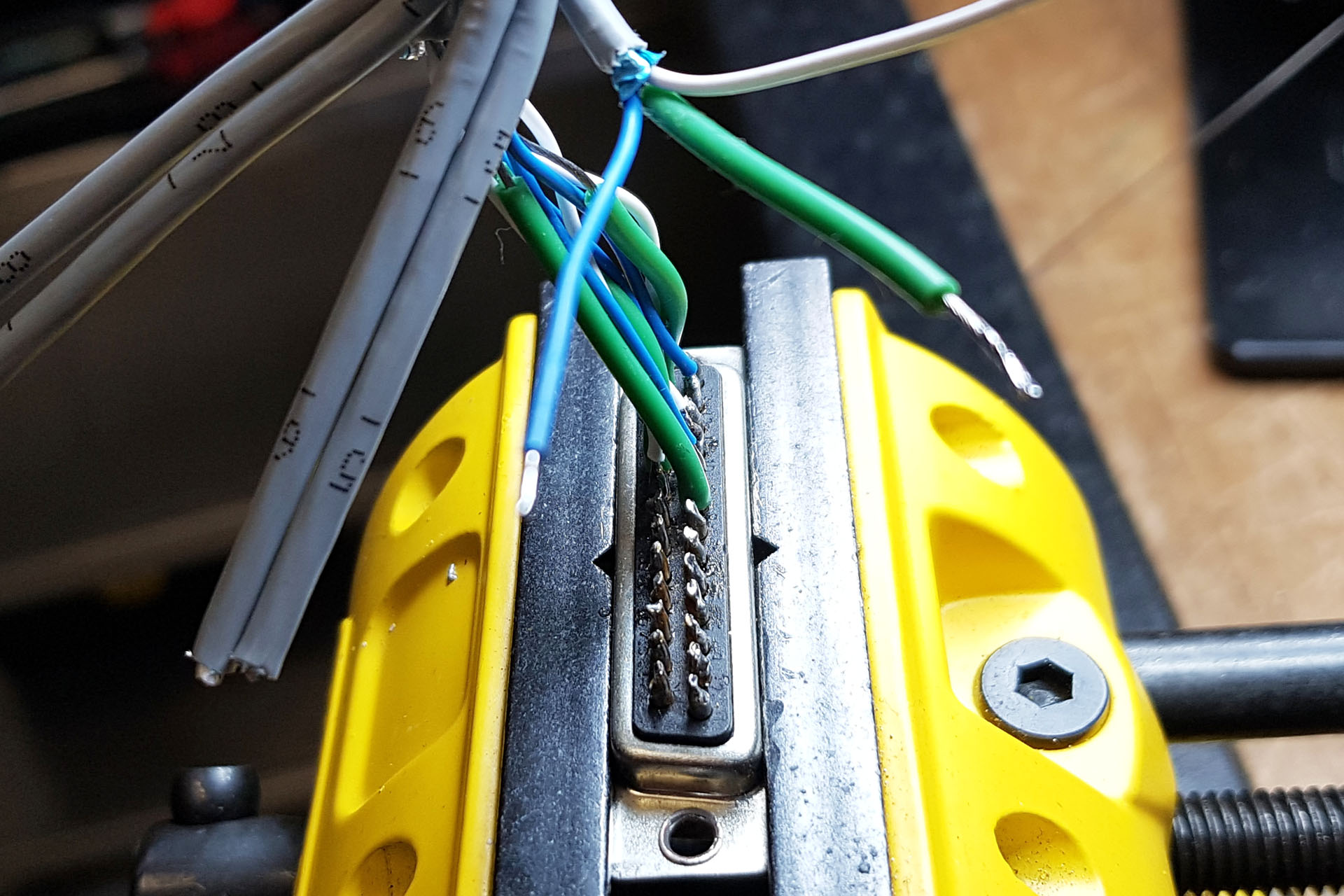
Look, we spend good money on our instruments, on equipment that goes into our home studios and our live set-ups so why, oh why do some of us then connect it all up with cheap, crappy cables?!?!!? As systems grow, the last thing you want to be worried about is an intermittent connection.... somewhere!
I exclusively use Neutrik jacks, XLR and BNC connectors because they last forever and similarly, I only use a couple of manufacturers' high-grade cables. The cable I use for straight-forward unbalanced jacks is doubly screened but is low-mass and is still very flexible.
Some of the cables I make:
-
- Microphone cables (XLR male - XLR female)
- Instrument cables (mono 6.3 mm jack - mono 6.3 mm jack)
- Balanced line cables (stereo 6.3 mm jack - stereo 6.3 mm jack)
- 25-pin D-sub to 8-way balanced line
- Word Clock 75 Ω (BNC and / or RCA phono)
- AES / EBU 110 Ω digital audio cables
- S/P DIF 75 Ω coaxial digital audio cables
- Video 75 Ω (SDI up 4k) using Belden 1694f
- Multi-core / Stage box looms
- MIDI looms
- And of course, the best multi-channel analogue audio connector ever; EDAC
And much more.
STUDIO DESIGN
Over the years, I’ve been commissioned to design and build studios for private individuals, schools, colleges and record companies. My designs do not only include a practical degree of redundancy but a scope for expansion and a view for the future are also considered.
All you want to do is get on making music, right? You don’t really want to be bothered with the technology behind it all and so my studio designs are reliable, low-maintenance and very ergonomic.
Having said that, you’ll be given details of your studio; all the multi-cores used, where they come from and where they go to. There’ll be a plan of the studio so that you can clearly see how everything is connected. My work is fastidious and organised so that any future changes can be easily implemented with minimum disruption.
As well as audio recording studios. I also offer radio station, video and broadcast studio design and consultancy services.
COMPUTERS
Modern studios wouldn’t function without a computer! In fact, it would be right to say that the computer is now at the heart of the recording process. While the power and reliability of hardware and software has come on leaps and bounds over the years, we still encounter problems.
I know Apple and Windows systems inside-out as, not only do I use both systems extensively but I have been building computers since 1996. I therefore consider myself more than qualified to advise on best practices and troubleshoot when things go wrong.
